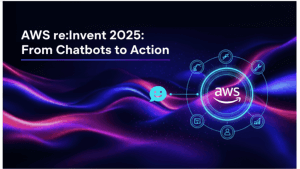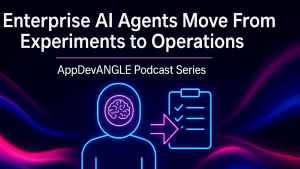The News
In a decisive move to reduce licensing costs and future-proof its IT operations, a Fortune 500 enterprise is migrating more than 40,000 virtual machines (VMs) from VMware to Platform9’s Private Cloud Director (PCD). The company operates four major data centers and over 90 smaller global sites. All running a mix of enterprise applications, CI/CD pipelines, and high-performance computing (HPC) workloads. The migration plan prioritizes operational continuity, developer productivity, and infrastructure automation, critical factors for modern enterprises undergoing cloud-native transformation. Read Platform 9’s case study here.
Analysis
The migration was driven by rising VMware licensing costs and a corporate mandate to eliminate proprietary dependencies. While VMware continued to meet technical requirements, its escalating total cost of ownership made it unsustainable. The company launched a rigorous proof-of-concept (PoC) to evaluate viable alternatives. Platform9 was selected for its ability to replicate key VMware features like DRS, VM-HA, and vMotion while delivering significantly lower costs and easier automation.
A critical component of Platform9’s success was its live migration tool, vJailbreak, which demonstrated the ability to migrate VMs in bulk with minimal disruption. Combined with deep integration with Tintri storage, Platform9 aims to enable seamless preservation of existing workflows and infrastructure investments.
Developer and Operator Experience
One of the most striking aspects of the migration is the minimal disruption for both IT operations and engineering teams. Platform9’s intuitive interface and support for API-driven automation allowed VMware administrators to transition without retraining. Engineers using Dev/Test environments benefited from bulk provisioning via tools like Ansible and gained access to self-service portals that integrated smoothly with CI/CD workflows.
The proof-of-concept lasted just two weeks, with daily sessions accelerating feedback and validation. IT teams were able to provision, migrate, and monitor VMs with ease. One IT leader noted that a VMware admin was able to manage VMs on Platform9’s PCD without any formal training, a testament to the platform’s usability.
Research Insight on Enterprise Modernization Without Disruption
We have observed that enterprises are increasingly looking for modernization paths that do not force a complete overhaul of operational models. SaaS-managed private cloud control planes offer a middle ground between the control of on-prem environments and the agility of cloud-native tooling.
This insight reflects a growing demand for infrastructure that supports incremental modernization, starting with VMs. But further potentially paving the way for containers, AI workloads, and hybrid deployment models.
Migration Model and Operational Benefits
The company adopted a phased migration strategy. This included decommissioning VMware clusters and migrating up to 200 VMs per day using Platform9’s tooling. At just $35 per VM, the migration is estimated to cost one-tenth of traditional analyst projections. Each migration phase includes testing, infrastructure redesign, application dependency mapping, and training.
Operational efficiency is also improved through centralized management across distributed environments, SaaS-based updates and patches, and comprehensive enablement programs for administrators. This approach aims to not only reduce overhead but also allow internal teams to focus on platform innovation instead of infrastructure maintenance.
Key Differentiators:
- Replacement of VMware features (e.g., DRS, vMotion, VM-HA)
- Deep integration with Tintri storage and existing enterprise tooling
- Automated, phased VM migration with low disruption and cost
- SaaS-managed control plane simplifying lifecycle management
Looking Ahead
Platform 9’s case study provides a compelling model for enterprises seeking to modernize without sacrificing stability. Their decision highlights the rising maturity of open, SaaS-based virtualization platforms that match proprietary alternatives in functionality, but exceed them in flexibility and cost-efficiency. For developers, the shift could mean faster provisioning, improved Dev/Test environments, and a smoother pathway toward container-native architectures. For infrastructure leaders, it signals the feasibility of migrating critical workloads at scale, without the pain of operational reset.



